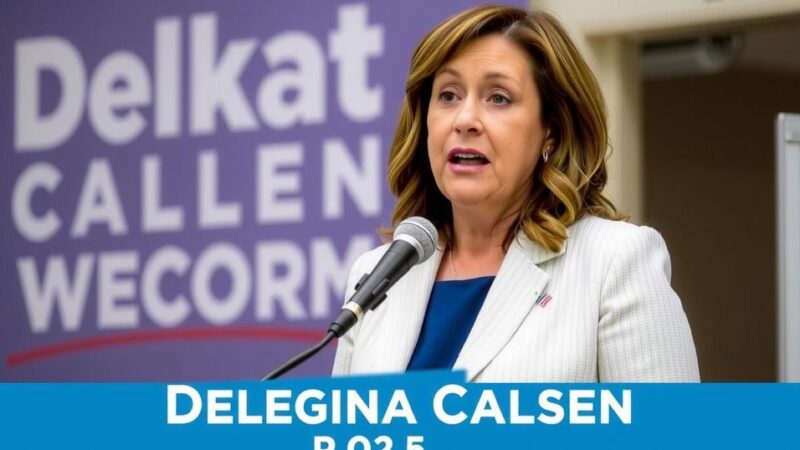The Brazilian Grand Prix has rekindled scrutiny of Formula 1’s free tyre change rule during red flags, showcasing how it can unfairly benefit some drivers while disadvantaging others. Following poor weather conditions, drivers like George Russell and Lando Norris faced challenges as competitors capitalized on late pit stops. The incident raises broader questions about the fairness and safety implications of the current regulations, leading to calls for reforms to mitigate risks without undermining competitive strategy.
The recent incidents at the Brazilian Grand Prix have reignited concerns regarding the free tyre change rule under red flag conditions in Formula 1. This rule permits drivers to switch tyres without penalty when a race is halted, leading to significant strategic advantages that some see as purely fortuitous. Notably, drivers’ grievances highlight cases where poor weather conditions exacerbated their disadvantage, as those benefiting from late tyre changes gained a competitive edge while others struggled with inferior grip. During the race in Brazil, drivers such as George Russell, Lando Norris, and Charles Leclerc faced frustrating scenarios where their decisions to pit were undermined by late red flags, allowing their competitors to switch to fresh tyres at no cost. This prompted critical reflections on how the system promotes an element of chance that can drastically alter race outcomes. Norris, who has previously been vocal about his frustrations under similar circumstances, reiterated the need for a reevaluation of these rules, proposing mandatory pit stops that necessitate the use of different tire compounds. The Brazilian GP illustrated how the existing rules could potentially encourage drivers to remain out on unsuitable tyres longer than advisable, as they gamble on the possibility of a red flag. Max Verstappen, the race winner, acknowledged the perilous nature of staying out on track amidst deteriorating conditions, reinforcing concerns about the safety risks that the red flag regulations inadvertently perpetuate. The situation culminated in discussions amongst various team representatives about the lack of viable alternatives to mitigate risks while preserving competitive integrity. Several proposed amendments to the current regulatory framework have been considered over time, yet the FIA has not implemented substantial changes. Solutions such as restricting tyre changes to the same compound or creating a penalty for drivers who choose to switch tires under perilous conditions are still on the table, but substantive reforms remain elusive. Overall, the free tyre change rule continues to be a contentious issue in Formula 1, raising fundamental questions about fairness, strategy, and driver safety.
The free tyre change rule during red flags in Formula 1 has long been controversial, bringing into question the balance of fair competition and strategic decision-making. This regulation allows drivers to change their tyres without penalty during race stoppages, which can significantly alter their racing fortunes. The prominence of this rule was highlighted during the recent Brazilian Grand Prix, where changing weather conditions led to disparities in performance among drivers, igniting discussions on safety and fairness in race regulations. Incidents from previous races, like the Monaco GP and the Saudi Arabian GP, have demonstrated how this aspect of the rules can lead to significant outcomes based on luck rather than skill. As such, a variety of suggestions have been made by drivers and team officials to amend these regulations, aiming to create a more equitable racing environment and to ensure the safety of all participants involved.
In conclusion, the recent events at the Brazilian Grand Prix underscore the critical need for a reevaluation of the free tyre change rule during red flags in Formula 1. The inherent randomness associated with this regulation has proven to disadvantage some drivers, exacerbated by unpredictable weather conditions. While suggestions for reforms have been voiced, the effectiveness and implementation of these changes remain uncertain. The safety concerns highlighted during these discussions further emphasize the necessity for regulatory adjustments that balance competitive integrity with driver well-being.
Original Source: www.autosport.com






